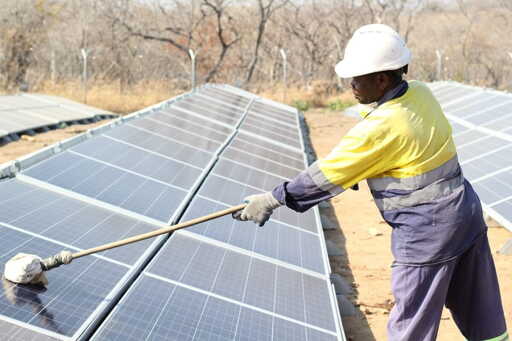The World Energy Outlook 2025, released Nov. 12 by the International Energy Agency (IEA), portrays an African continent where energy demand is surging, but access and investment continue to lag. According to the IEA, Africa’s population is expanding at twice the rate of the global average — and with it, energy demand is expected to increase by more than 50% by 2040 under current policies. Yet 600 million Africans still live without electricity, and millions more face chronic outages. Africa’s energy growth is accelerating, but access remains highly unequal, the report notes. Average electricity use per person on the continent is roughly one-sixth of the global average, despite rising urban and industrial needs. The IEA warns that this imbalance risks locking communities and businesses into cycles of energy poverty unless policy reforms close the gap between energy generation and affordability. The IEA credits Africa with expanding solar and wind capacity at its fastest rate ever; the continent’s renewable sector is one of the most dynamic globally. Solar power is expected to supply nearly 40% of new electricity capacity over the next decade, the report finds. North Africa, Kenya and Namibia are cited as emerging clean energy hubs. Still, fossil fuels remain the backbone of the region’s energy mix. The challenge, the IEA says, is ensuring that renewable energy advances are not undermined by continued fossil expansion. The IEA devotes a section of the report to Africa’s potential in critical mineral supply chains. Countries including the Democratic Republic of Congo hold…This article was originally published on Mongabay
From Conservation news via this RSS feed


